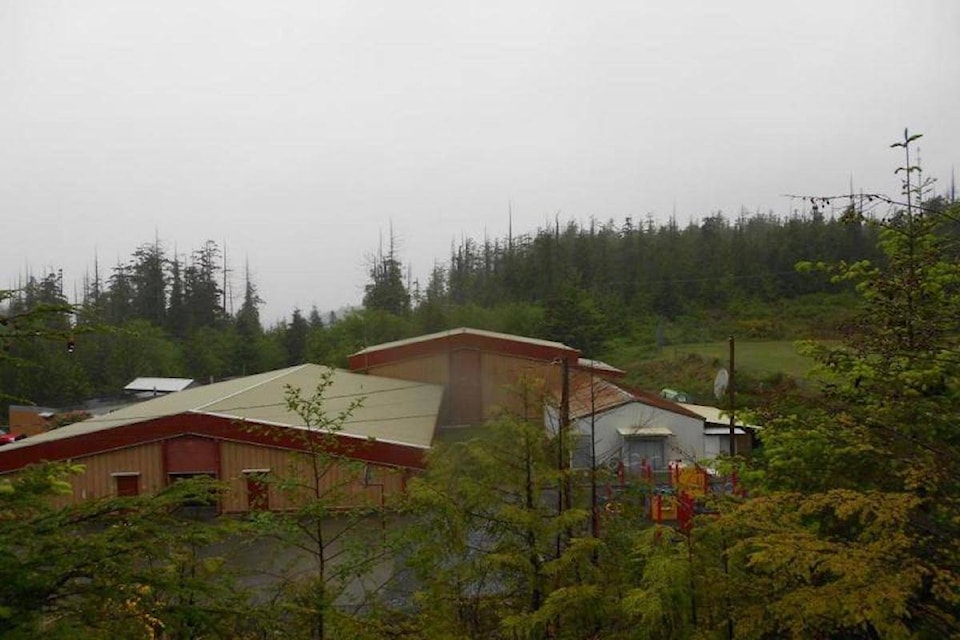Post COVID-19, remote schools on Vancouver Island will have to deal with more than than just pandemic-imposed disruptions.
While pre-existing problems, especially with transportation, are going to intensify, schools will also have to deal with a broad spectrum of vulnerable students.
For SD 84 schools in Zeballos, Gold River, Kyuquot and Tahsis, challenges that existed before COVID-19 are going to be persistent even after the pandemic settles, said Lawrence Tarasoff, Superintendent of Schools & Secretary Treasurer.
In communities like Zeballos and Gold River, where 30-50 students use school buses, physical distancing and managing logistics is going to be a big challenge with limited vehicles.
An average round trip to school in these communities is between 30 minutes to an hour. In addition, spacing out children in the bus might add five to seven round trips unless more vehicles are arranged.
“It’s going to be extremely time consuming, leaving students with lesser classroom time.”
Each school in SD 84 has its own challenge.
“Zeballos has only one bus driver for 46 students,” said Tarasoff. That coupled with a lack of a gas station in Zeballos, is going to be a logistical hurdle when arranging multiple school trips.
To add to this, the pandemic has already strained the education system in these remote communities. With weak Internet connectivity and technological limitations, a “virtual classroom” has not been an ideal solution here.
“Families that have five or six students in one house, trying to get on different virtual classrooms with a weak bandwidth makes things awkward,” said Tarasoff.
Educators in these communities are moving way from technology to deal with these challenges. They maintain connection with students through phone calls, paper packages and also provide an option to come in to schools for half a day or for one-on-one consultations with their teachers.
Educators have also seen an increase in the number of students who struggle with learning during the lockdown.
“The spectrum of ‘vulnerable students’ has widened within these months,” said Tarasoff who witnessed that a lot of students were overwhelmed and anxious with the disconnect from normal school routines.
“It’s not just children with special needs that have been identified as vulnerable students during these past couple of months, but even the ones who do not show progress in their learning curves have been included in this category.”
Based on the educational requirements of these students, teachers have had to constantly modify their strategies to see what works best for these students.
“There’s no one-size-fits-all strategy,” said Tarasoff.
According to provincial plans, schools will open slowly as per the five-stage plan. Currently in stage four where schools are open to children of essential workers and vulnerable students, there is still no clear picture about normal school activities resuming anytime soon.
The longer the COVID-19 imposed lockdown goes on for schools, there is also a danger of children forsaking formal education said Tarasoff.
Worried more about older students opting for this, Tarasoff said, “Once students get disconnected from schools, it is very difficult to get them back.”



